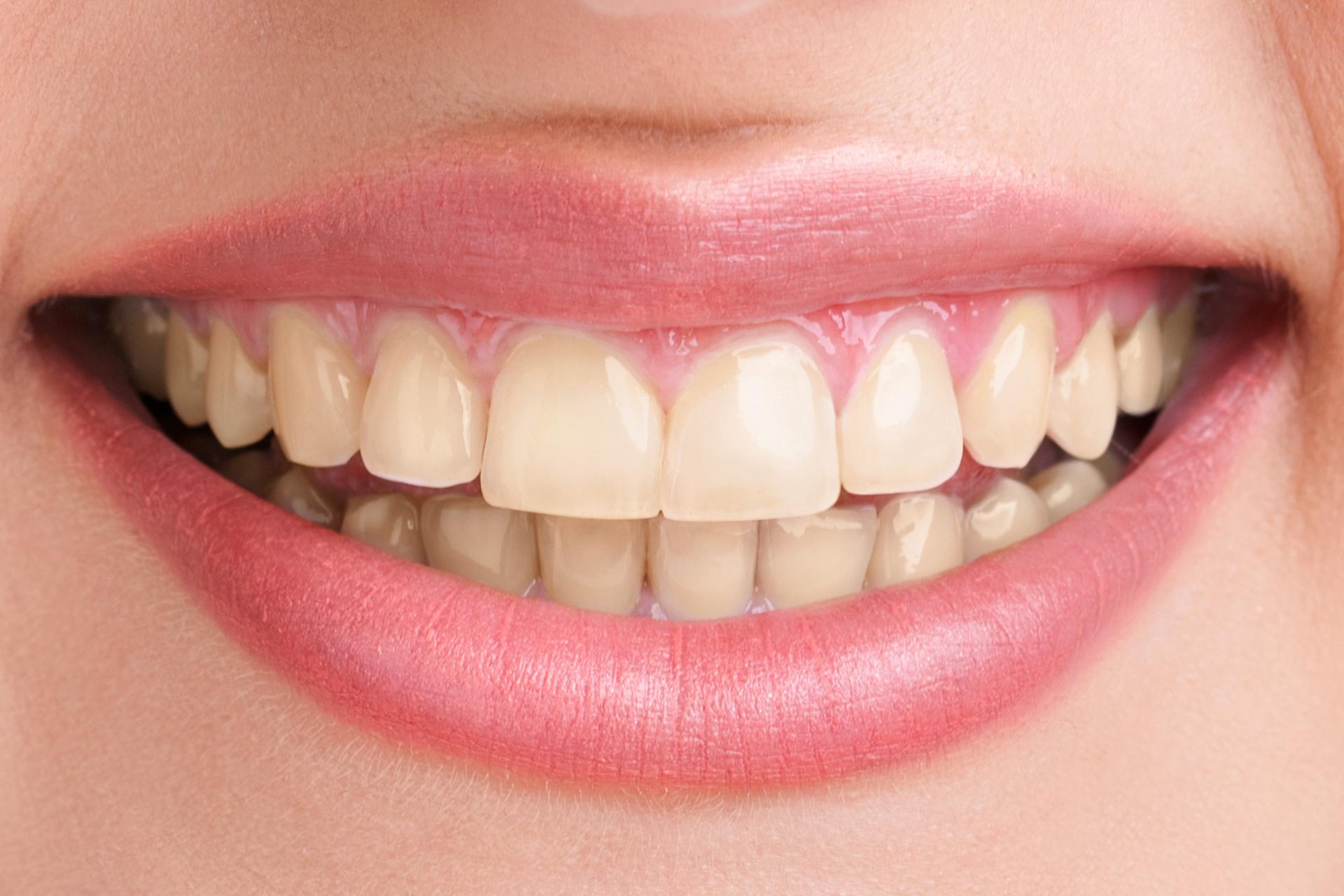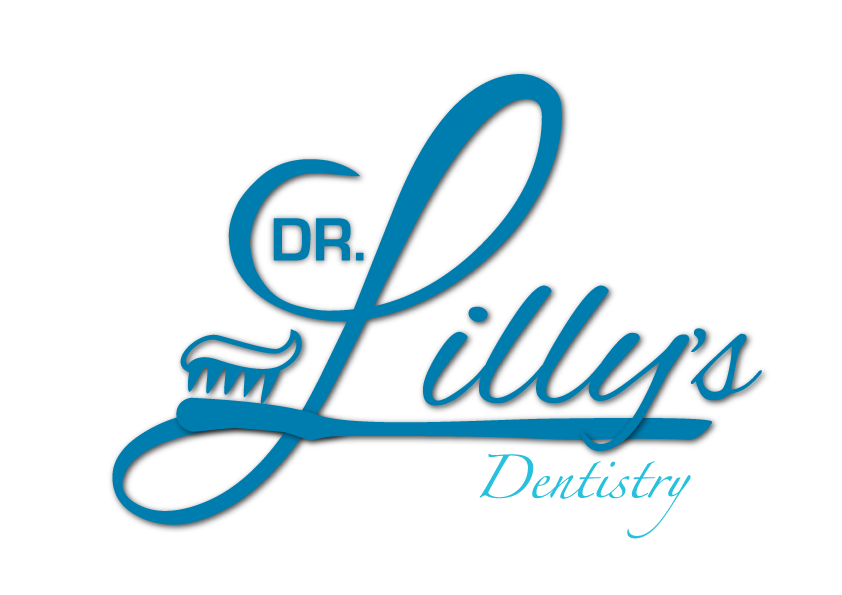Teeth Whitening
Are you hiding your smile because of stains and discoloring? Although you may not be a movie start your smile is still most special because everyone's is. So, let's get back your glittering smile with Teeth whitening from a reliable dentistry team.
Tooth whitening is a cosmetic dental procedure and it is very popular these to improve your teeth by removing the discoloring and lightening up the existing shade of teeth.


Patients Teeth Before & After Teeth Whitening
Consumption of Tobacco, Coffee, Tea, Red Wine, not taking good care of teeth health and aging are common reasons for getting yellowed and stained teeth. So, it has become essential to get laser whitening for your teeth. Also, you may suffer some temporary side effects after getting this treatment like sensitivity, soar throat and discomfort in gums, but it will be alright after some time. If there are any problems then visit back your dentist.
The term whitening refers to restoring a tooth’s surface color by removing dirt and debris. Tooth whitening can be a very effective way of lightening the natural colour of your teeth without removing any of the tooth surface and helps to remove stains and discoloration. Whitening is among the most popular cosmetic dental procedures because it can greatly improve how your teeth look. Most dentists perform tooth whitening.
The most common reasons for teeth to get yellow or stained are:
• Using tobacco
• Drinking dark-colored liquids such as coffee, cola, tea, red wine and blackcurrant
• Not taking good care of your teeth
• Smoking can also stain teeth
• Calculus or tartar can also affect the color of your teeth
Professional bleaching is the most usual method of tooth whitening. Firstly, the dentist will put a rubber shield or a gel on your gums to protect them. And then apply the whitening product to your teeth, using a specially made tray which fits into your mouth like a mouthguard. The active ingredient in the product is usually hydrogen peroxide or carbamide peroxide. As the active ingredient is broken down, oxygen gets into the enamel on the teeth and the tooth colour is made lighter.
Types of Teeth Whitening Procedures:
There are two main types of whitening procedures. Vital whitening is performed on teeth that have live nerves. Non-vital whitening is done on a tooth that has had root-canal treatment and no longer has a live nerve.
1. Vital Whitening
The most common type of vital tooth whitening uses a gel that is applied directly to the tooth surface. This product contains some form of hydrogen peroxide. Whitening can be done in the dental office or at home. In-office whitening allows your dentist to use a more powerful whitening gel. A specialized light or laser activates the gel and allows bleaching to happen faster. In-office whitening, your dentist probably will photograph your teeth first. This step will help him or her to monitor the progress of the treatment. Your dentist also will examine your teeth and ask you questions to find out what caused the staining and then the dentist or a dental hygienist will clean your teeth. This will remove the film of bacteria, food and other substances that build up on your teeth and contribute to the staining. Once this is done, the whitening procedure begins. In-office whitening usually takes 30 to 90 minutes. You will need 1 to 3 appointments. The number will depend upon the method used, how severe your stains are and how white you want your teeth to be.
Some whitening agents are activated by a laser light, special lights or by the heat from these lights. After the whitening agent is applied, the dentist will shine the light on your teeth. If they are badly discolored, your dentist may suggest that you continue the bleaching process at home for a few days or weeks
For whitening at home, you will fill each mouthpiece with a whitening gel your dentist provides. You will wear the mouthpiece for several hours every day. Home whitening gel usually needs to be applied daily for two to three weeks. Over-the-counter kits also are widely available for home use. They provide trays to hold the gel, or whitening strips that stick to your teeth. Talk to your dentist if you want to use these home products. Be sure to follow directions to avoid overuse and possible damage to your teeth and mouth.
2. Non-Vital Whitening
Vital whitening may not improve the appearance of a tooth that has had root-canal treatment because the stain is coming from the inside of the tooth. In this case, your dentist will use a different procedure that whitens the tooth from the inside. He will place a whitening agent inside the tooth and put a temporary filling over it. The tooth will be left this way for several days. You may need this done only once, or it can be repeated until the tooth reaches the desired shade.
Benefits of Teeth Whitening:
• Removes persistent stains and brightens the teeth
• Better looking smile
• Doesn’t damage your teeth
Risks Involved in Teeth Whitening Procedure:
Whitening is unlikely to cause serious side effects, although some people's teeth may become more sensitive for a short while. You may get mild gum irritation as well. Women should not have their teeth whitened while pregnant. The effect of the whitening materials on the development of the fetus is not known. Since the procedure is cosmetic, it should be postponed until after delivery.



